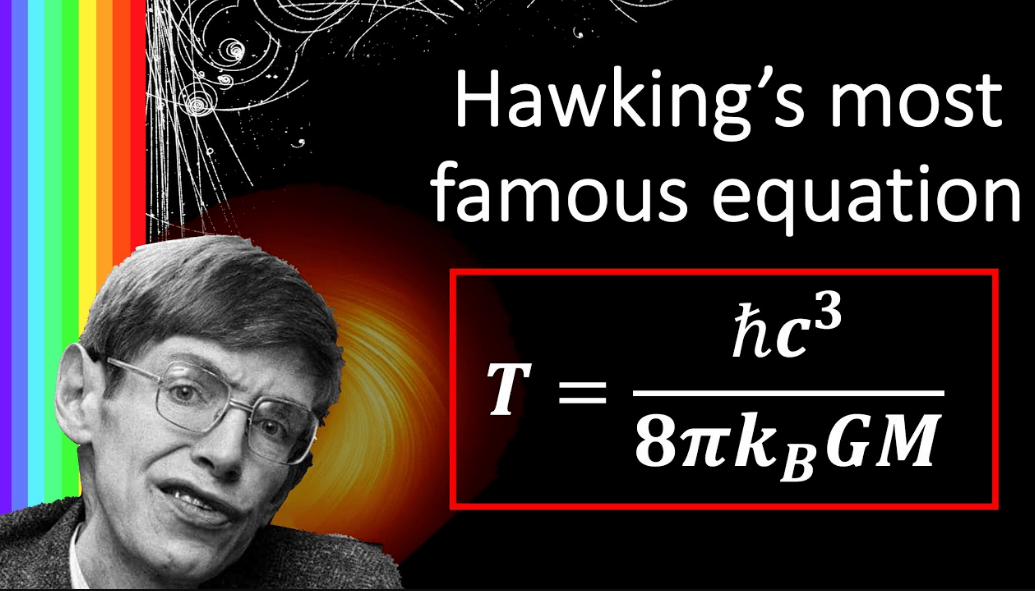Deriving Hawking’s most famous equation: What is the temperature of a black hole?
Deriving Hawking’s most famous equation: What is the temperature of a black hole?
Black holes are perhaps the most enigmatic objects in the universe. Popularised in movies and science fiction, they evoke the magic and mystery of our universe and provide inspiration for those looking to make their mark in the world of academic physics. But what exactly is a black hole? And how can we study them?
According to Einstein’ theory of general relativity, a black hole is a region of spacetime where gravity is so strong that nothing, not even light can escape. The boundary of this region is known as the event horizon of the black hole, and according to classical relativity, once an object has passed the event horizon, it will never be able to escape the clutches of the black hole. However, when you throw quantum mechanics into the mix, as is often the case, the situation becomes a bit more subtle. In fact, in 1974 Stephen Hawking demonstrated that by combining certain elements of quantum field theory with General relativity, it was possible to show that Black holes do in fact radiate, causing them to slowly evaporate, and eventually disappear.
Now I don’t know about you, but when I first read about black holes as a child I was instantly hooked and desperately wanted to find out more. The only problem is that the physics of black holes, and in particular Hawking’s work, is notoriously difficult and requires an advanced knowledge of Einstein’s theory of general relativity as well as quantum field theory. But is it possible to determine the most exciting and mysterious properties of black holes using only advanced high school mathematics? Well, it turns out the answer is yes, and in this short video I would like to show you how.


